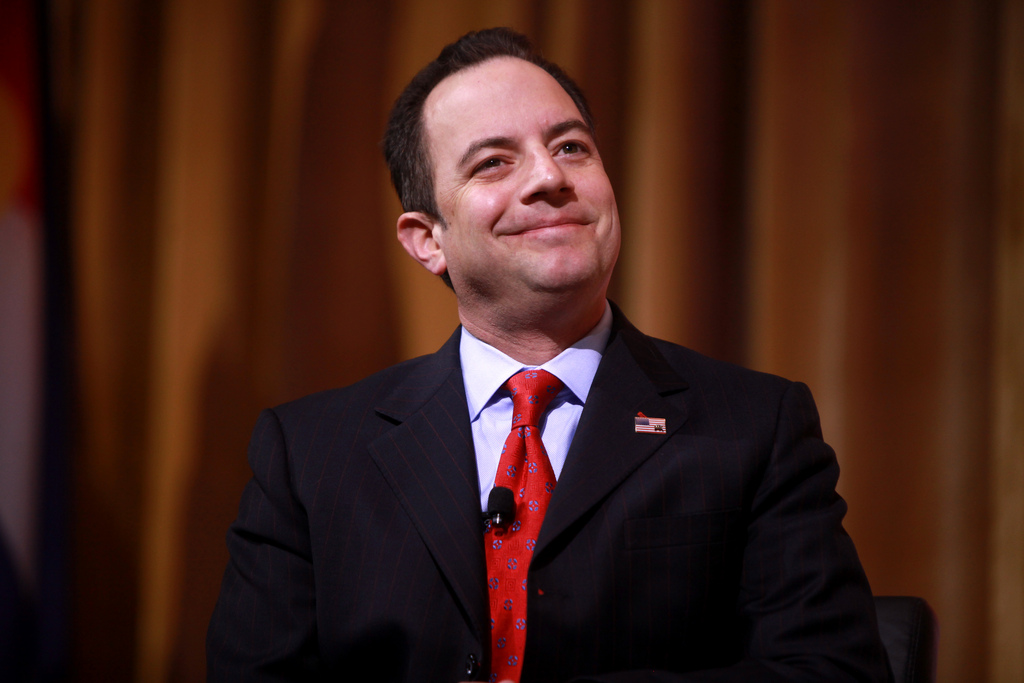Somewhere in recent years, the GOP’s engagement with modern America and how to best project those values into a nation of 320 million people became dysfunctional. As the country has diversified, the party has remained monochromatic, has grayed, and rather than allowing some birch-like give on shifting cultural norms, has become an unbending oak of ideological purity. The GOP now finds itself lacking an intimate’s ability to criticize productively, given its demographic and cultural divergence from the majority of the country. […]
According to the American National Election Studies, the white percentage of the national vote overall has dropped fairly steadily from around 95 percent during the period from 1948 to 1960 to the low 80s by 1992 to 73 percent in 2012.. The Republican party did not keep pace with this change, nor did it do much to win younger voters. 2008 featured a gaping chasm between the over-65 vote and the 18- to 29-year-old vote: There was a 43-point difference between how the two groups voted, with the older crowd going for John McCain by 10 percentage points, even as he lost the overall election by a 7-point margin to Barack Obama, the country’s first black president.
Republicans’ educational attainment has also stalled. While GOP voters had historically won college-educated voters, by 2012, this was clearly not the case.
FiveThirtyEight found, in fact, that the percentage of whites without a college degree has strong explanatory power in determining where Republicans have gained strength since 2000.
Despite its demographic inertia, the Republican Party has not been without its moments of change. The tea party movement, which rose up from the grassroots in 2009, has significantly altered the way the GOP conducts its business. But the party’s “revolution” was led not by young men and women storming the barricades but by the gray-haired masses sitting down in their Adirondack Chairs and fighting to keep things as they have been. According to a 2010 New York Times/CBS News poll of tea party supporters, 75 percent were 45 or older. In keeping with Republican Party trends, the group was also overwhelmingly white, at 89 percent, and only 23 percent had a college degree.
Earlier at Praxis: Donald Trump Is the Candidate Conservative Intellectuals Conditioned Their Base to Want

